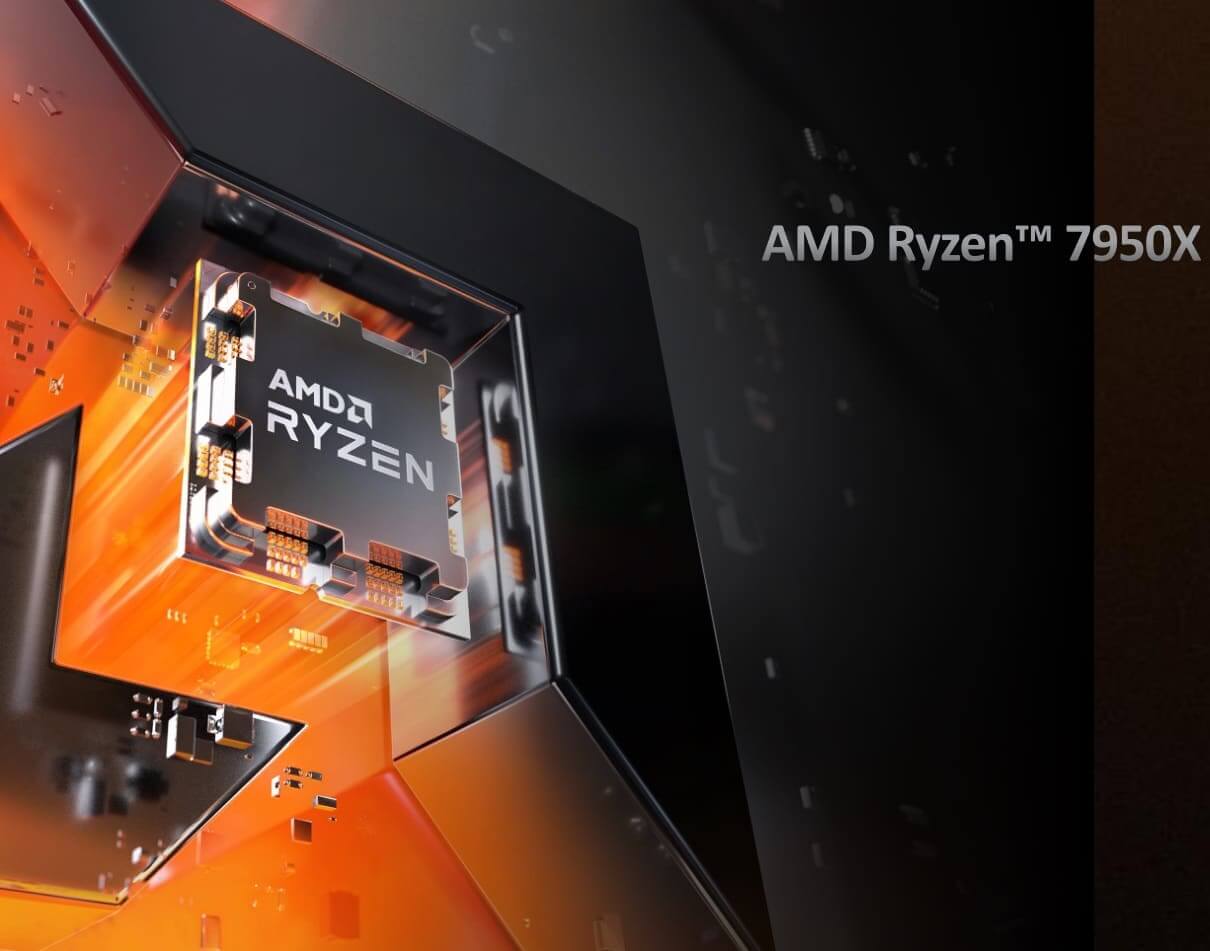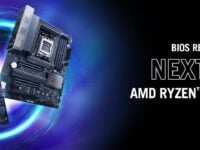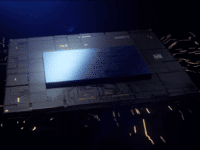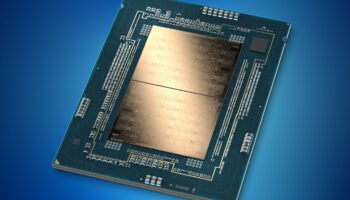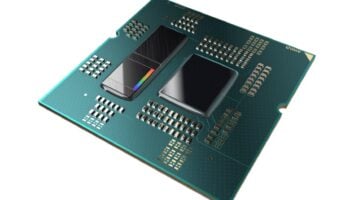The Ryzen 7000 processors are some of the most expensive chips AMD has ever designed. A combination of the pricey TSMC N5 process along with the increased substrate costs has resulted in relatively higher production costs. With that said, it’s worth noting that this node has higher yields than even its predecessor (N7), which powered the previous two generations of the Ryzen family. TechTechPotato has taken a stab at predicting the approximate production costs of the Ryzen 9 7950X.
Each of TSMC’s N5 wafers yields 798 CCDs, excluding the defective pieces and edges. This totals a yield percentage of 95.20%. If a single wafer costs $17,000, AMD pays roughly $20-25 per CCD (die). The Ryzen 9 7950X consists of two CCDs and a single 6nm IOD. Therefore, the two CCDs have a manufacturing cost of $40-50.
Moving onto the IOD, the 6nm wafers are notably cheaper at $10,000 per piece. In addition, nets 437 dies out of a total possible 476, giving us a yield percentage of 91.82%. In other words, the single 6nm IOD has a production cost of $21, pretty much the same as the 5nm CCDs. And finally, there’s the matter of the substrate and the packaging, which is, as already mentioned, much higher than last-gen.
The YouTuber indicates a price of $7-$8 for the packaging materials. Our total comes to $69, or $69-75 if we assume a broader range. The Ryzen 9 7950X has a sticker price of $699, ten times more than its manufacturing cost. This may make AMD look bad, but it’s important to realize that much of the chipmaker’s spending goes into R&D, marketing, and sales. These three divisions often require a much steeper investment than the final manufacturing stage.
The Epyc CPUs with 8 CCDs (and 1 IOD) have a production cost of roughly $200. They sell for several thousand dollars with top-end offerings even touching the $10,000 mark. Here you have a profit margin of 100x, 10x more than the Ryzen client offerings. In the server and enterprise market, software, marketing, and consistency are the three pillars that vendors look for, something AMD has squarely focused on.
Source:
